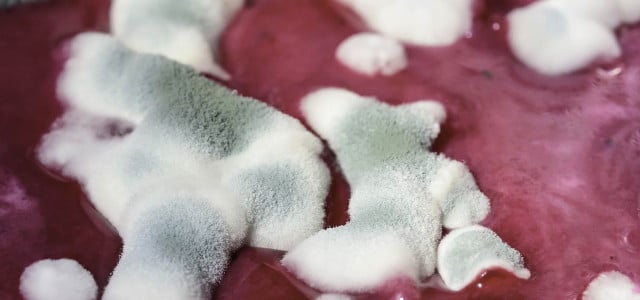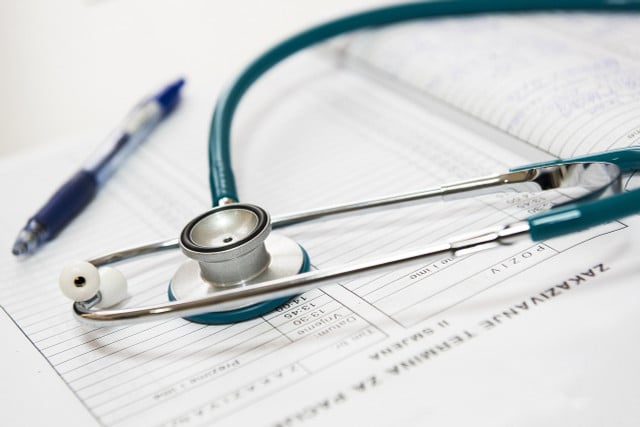
If you have a mold allergy, your body reacts sensitively to mold spores. We’ll tell you which symptoms indicate the allergy and what you can do about it.
A mold allergy is triggered by intensive contact with mold spores contained in mold. Depending on the type of mold, it can lead to a year-round or seasonal allergy.
People who suffer from asthma or respiratory allergies are particularly often affected by a mold allergy. Studies have also shown that children who grow up in damp and moldy homes are particularly susceptible.
These symptoms may indicate a mold allergy

(Photo: CC0 / Pixabay / sweetlouise)
According to the German Allergy and Asthma Association (DAAB), the following symptoms may indicate a mold allergy:
- Dry cough
- Sneeze
- Shortness of breath
- Skin rashes (e.g. neurodermatitis)
- Gastrointestinal problems
- fatigue
- Joint and headaches
Symptoms usually occur after you inhale mold or accidentally eat mold. Not all symptoms have to occur at the same time and the intensity can vary.
Suspected mold allergy? Get checked out!

(Photo: CC0 / Pixabay / DarkoStojanovic)
If you suspect that you are suffering from a mold allergy, you should visit a doctor’s office. There, a diagnosis can be made as to whether an allergy is present. This works as follows:
First, the doctors will ask you about your medical history and symptoms. They will then carry out a blood and skin test. This will show whether your body is prone to allergies to certain substances. Finally, the doctor will use a provocation test to check how your body reacts to a certain allergen – in this case, mold spores.
What to do if you have a mold allergy?

(Photo: CC0 / Pixabay / Robert-Owen-Wahl)
Regular ventilation: If you suffer from a mold allergy, you should first and foremost try to avoid the trigger. If possible, make sure to ventilate your rooms regularly. For example, it is recommended to ventilate briefly in the morning after getting up.
Pay attention to cleanliness: Cleanliness also pays off in the fight against mold. Try to clean your room and empty your trash can as regularly as possible. If you want to be on the safe side, you should also not put any houseplants in your apartment.
Drying laundry outside: It is also particularly important that you do not dry your laundry in your apartment. The high humidity encourages the formation of mold. In warm temperatures, you should dry your wet laundry on the balcony or terrace instead. Alternatively, you can use a boiler room.
Consume fruit and vegetables quickly: Make sure you don’t store your fruit and vegetables for too long, but eat them as soon as possible after buying them. Otherwise, mold can form on your food.
Avoid using humidifiers: Humidifiers are designed to counteract dry air. However, they also promote the formation of mold. Therefore, it makes sense for allergy sufferers in particular to avoid using such devices altogether.
Test rooms and air for mold

(Photo: CC0 / Pixabay / Darkmoon_Art)
If you suspect that there are mold spores in the air in your room, but you haven’t (yet) found the source, you can get clarity with a mold test. There are, among other things, quick mold tests that you can do yourself; but you can also commission a mold laboratory analysis to get more information. You can find such analyses for checking the air in your room from test provider Ivario, for example, starting at around 30 euros.
Read more on utopia.de:
- Reduce humidity: tips for preventing mold
- Damp cellar: Proper ventilation to prevent moisture and mold
- If a strawberry goes moldy, does the whole bowl have to go in the trash?
Edited by Adriana Jodlowska
** marked with ** or orange underlined Links to sources are sometimes affiliate links: If you buy here, you are actively supporting Techzle\.com, because we then receive a small part of the sales proceeds. More information.